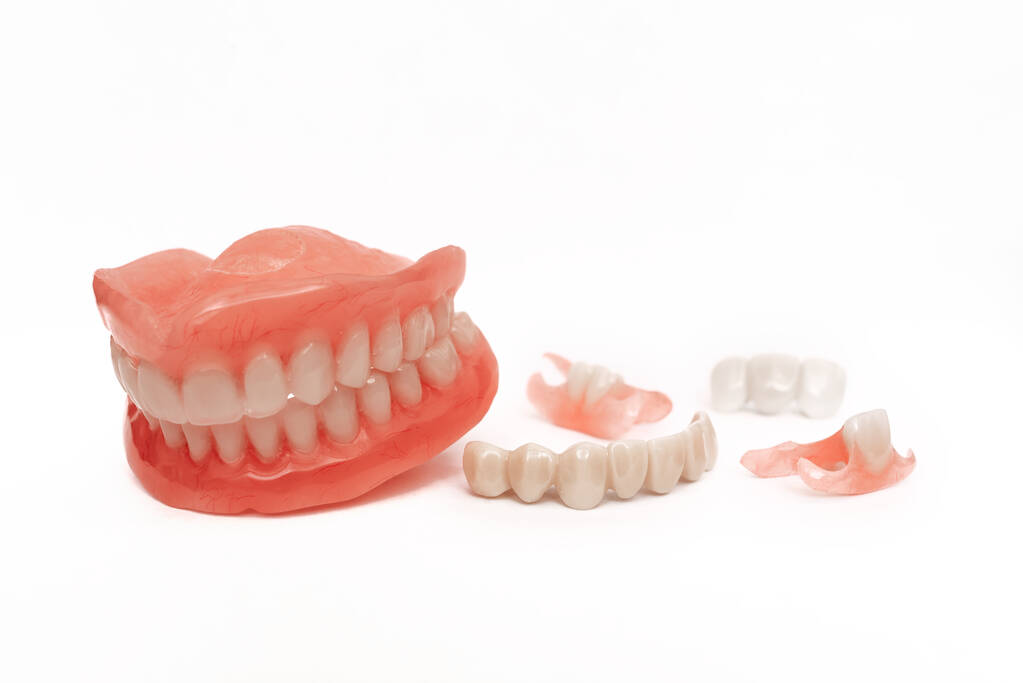When envisioning your ideal cafe setting, the choice between classic and contemporary furniture styles can significantly impact the atmosphere you wish to create. Picture the elegance of ornate wooden chairs juxtaposed with sleek, minimalist tables. Finding the perfect balance between these contrasting elements is made easier with the diverse range of furniture options offered by Cafe Solutions. With their expertise in providing both classic and contemporary cafe furniture, Cafe Solutions ensures that cafe owners can effortlessly achieve the desired ambience for their establishments
The decision between these two aesthetics goes beyond mere decoration; it shapes the entire experience for your patrons. As you navigate this decision-making process, consider the subtle nuances each style brings to the table and how they can influence not just the look, but the feel of your cafe space.
Key Takeaways
- Cafe furniture style impacts ambience, functionality, and overall dining experience significantly.
- Furniture choice influences customer perception, satisfaction, and loyalty.
- Classic furniture exudes timelessness and sophistication, while contemporary furniture reflects trendiness and innovation.
- Material durability and maintenance are critical factors to consider for long-term appeal and a fresh look.
Key Differences in Design Elements

When selecting cafe furniture, consider the key differences in design elements to ensure your space reflects the desired ambience and functionality. Classic cafe furniture often features ornate details, intricate carvings, and rich, dark wood finishes. These elements evoke a sense of elegance and tradition, perfect for creating a cosy and sophisticated atmosphere.
On the other hand, contemporary cafe furniture tends to focus on clean lines, minimalistic designs, and lighter, more modern materials like metal and glass. This style gives off a sleek and trendy vibe, ideal for establishments aiming for a more cutting-edge and urban feel.
The choice between classic and contemporary design elements ultimately depends on the overall theme and atmosphere you want to create in your cafe. Classic furniture can add a touch of old-world charm and warmth, while contemporary pieces bring a sense of innovation and style. Whichever direction you choose, make sure to stay true to your vision and create a cohesive look that enhances the overall dining experience for your customers.
Consideration of Space and Layout
Considering the space and layout of your cafe is crucial when selecting furniture that maximises efficiency and enhances the overall customer experience. Before choosing between classic and contemporary styles, assess the dimensions and flow of your space. Opt for furniture that fits well without overcrowding areas, allowing customers and staff to move around comfortably. For smaller cafes, consider space-saving options like stackable chairs or tables with foldable leaves for versatility. In contrast, larger spaces can accommodate sectional sofas or communal tables to cater to different group sizes.
The layout of your cafe also influences furniture choices. For instance, high-top tables are ideal for creating a casual and social atmosphere, while booths offer privacy and comfort. Think about the traffic flow and designate specific areas for dining, lounging, or working. Strategic placement of furniture can help define these zones and improve the overall functionality of your space. By carefully considering your cafe’s layout and space constraints, you can select furniture that not only complements your chosen style but also maximises the comfort and satisfaction of your customers.
Factors Influencing Customer Experience
To enhance the overall customer experience at your cafe, it’s essential to understand the factors that influence it. Here are three key elements that can significantly impact how customers perceive your cafe:
- Ambience: The atmosphere you create through music, lighting, decor, and overall vibe plays a crucial role in shaping the customer experience. A cosy and inviting ambience can make customers feel relaxed and more likely to stay longer.
- Customer Service: How your staff interacts with customers can make or break their experience. Friendly, attentive, and knowledgeable staff can create a positive impression and make customers feel valued and appreciated.
- Quality of Products: The quality of your food and beverages is a major factor in customer satisfaction. Using fresh ingredients, offering a diverse menu, and ensuring consistency in taste and presentation are essential for keeping customers coming back for more.
Impact on Brand Image and Identity
How does the choice of cafe furniture style impact your brand image and identity?
The cafe furniture you select plays a crucial role in shaping the overall perception customers have of your brand. Classic furniture styles like traditional wooden chairs and tables may convey a sense of timelessness and sophistication, appealing to customers seeking a cosy and familiar atmosphere.
On the other hand, contemporary furniture designs with sleek lines and modern materials can project a more trendy and innovative image, attracting a younger and more design-conscious clientele.
The furniture style you choose should align with your brand identity and target market. If your cafe aims to be seen as a hip and trendy spot, opting for modern furniture pieces can reinforce this image. Alternatively, if your brand values tradition and heritage, classic furniture choices can help communicate this message effectively to customers.
Ultimately, the right furniture style can enhance your brand’s identity, create a cohesive atmosphere, and leave a lasting impression on your customers.
Practicality and Maintenance Considerations
The practicality and maintenance of your chosen cafe furniture style are key factors to ensure long-term durability and ease of upkeep. When deciding on the furniture style for your cafe, consider the following:
- Material Durability: Opt for materials like metal or high-quality wood that are durable and easy to clean. These materials can withstand the daily wear and tear of a busy cafe environment, ensuring longevity for your furniture pieces.
- Stain Resistance: Choose furniture with stain-resistant finishes or fabrics to make cleaning spills and stains a breeze. This feature won’t only save you time on maintenance but also keep your cafe looking fresh and inviting.
- Easy Maintenance: Select furniture designs that are easy to disassemble or move for thorough cleaning. Pieces that are easy to maintain will help you keep your cafe space looking well-kept with minimal effort, allowing you to focus on providing a great experience for your customers.
How Do Different Furniture Styles Affect the Acoustics and Noise Levels in a Cafe?
Choosing furniture styles like plush upholstery or sleek metal can impact acoustics in a cafe. Soft materials absorb sound, reducing noise levels, while hard surfaces like metal can create echoes, making the space louder. Consider these factors when designing your cafe.
Are There Any Specific Regulations or Guidelines to Consider When Choosing Cafe Furniture Styles?
When choosing cafe furniture styles, consider regulations and guidelines on space efficiency, comfort, and accessibility. Ensure selections align with local codes, ADA requirements, and fire safety rules. Following such guidelines will help create a welcoming and compliant cafe environment.
How Do Classic and Contemporary Furniture Styles Cater to Different Demographics of Customers?
When choosing cafe furniture styles, consider how classic designs might appeal to older customers seeking a cosy ambience, while contemporary styles could attract younger crowds with a preference for sleek and modern aesthetics.
Can Combining Classic and Contemporary Furniture Styles Create a Unique and Inviting Atmosphere in a Cafe?
Combining classic and contemporary furniture styles in a cafe can create a unique and inviting atmosphere. The blend of traditional charm and modern flair offers a diverse appeal, catering to a wide range of customers and enhancing the overall dining experience.
What Are Some Innovative Ways to Incorporate Sustainability and Eco-Friendly Practices Into Cafe Furniture Choices?
When choosing cafe furniture, opt for sustainable materials like bamboo, reclaimed wood, or recycled plastic. Embrace eco-friendly practices by selecting furniture from companies with green certifications. Make a positive impact on the environment through mindful furniture choices.












